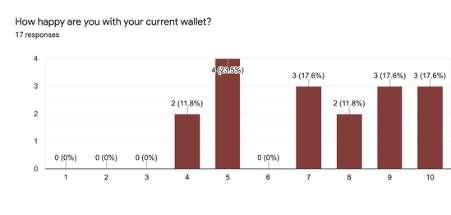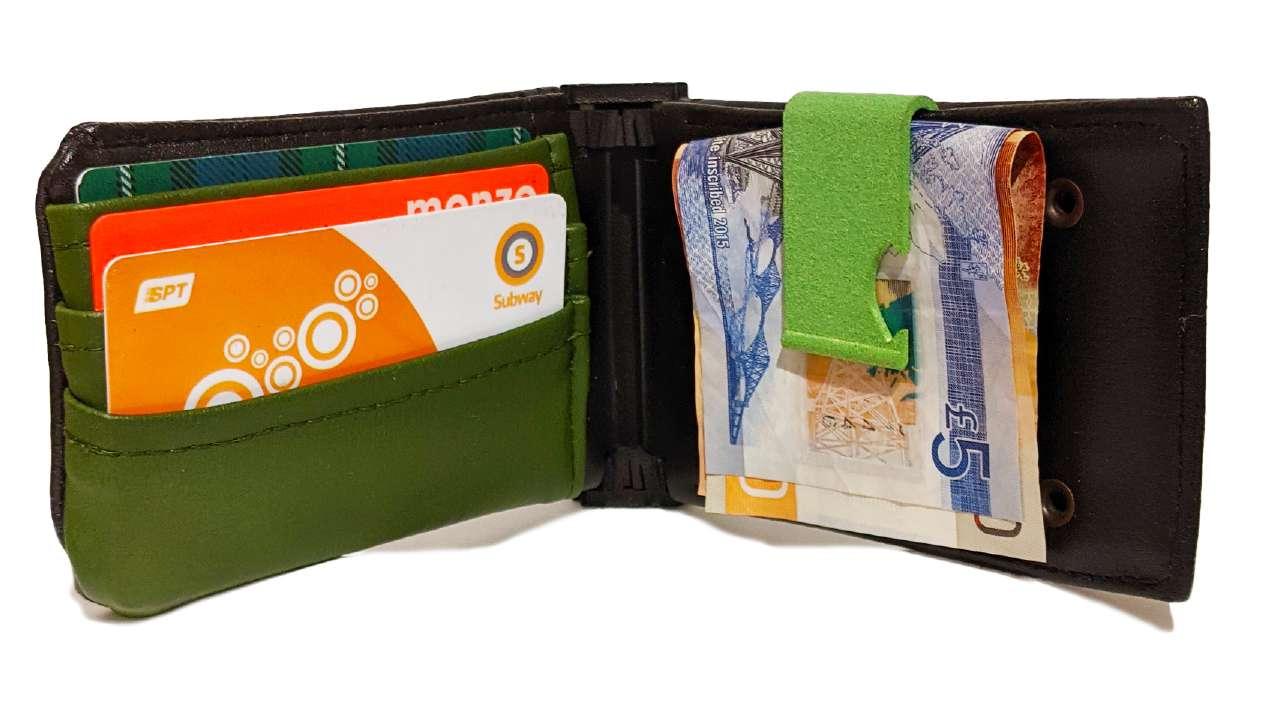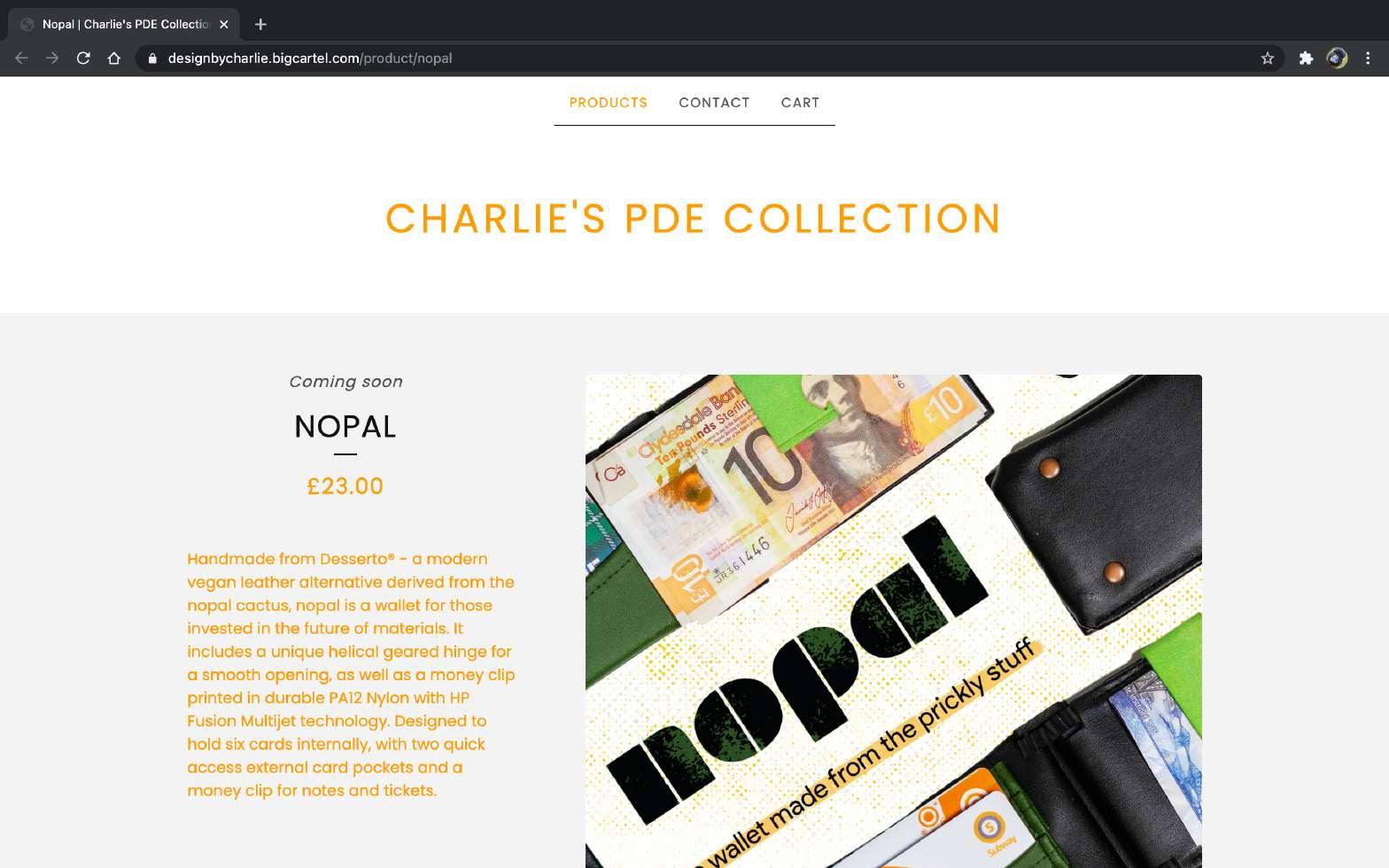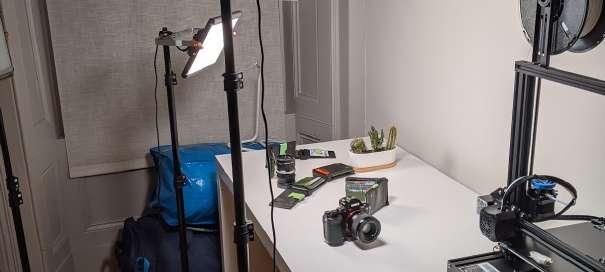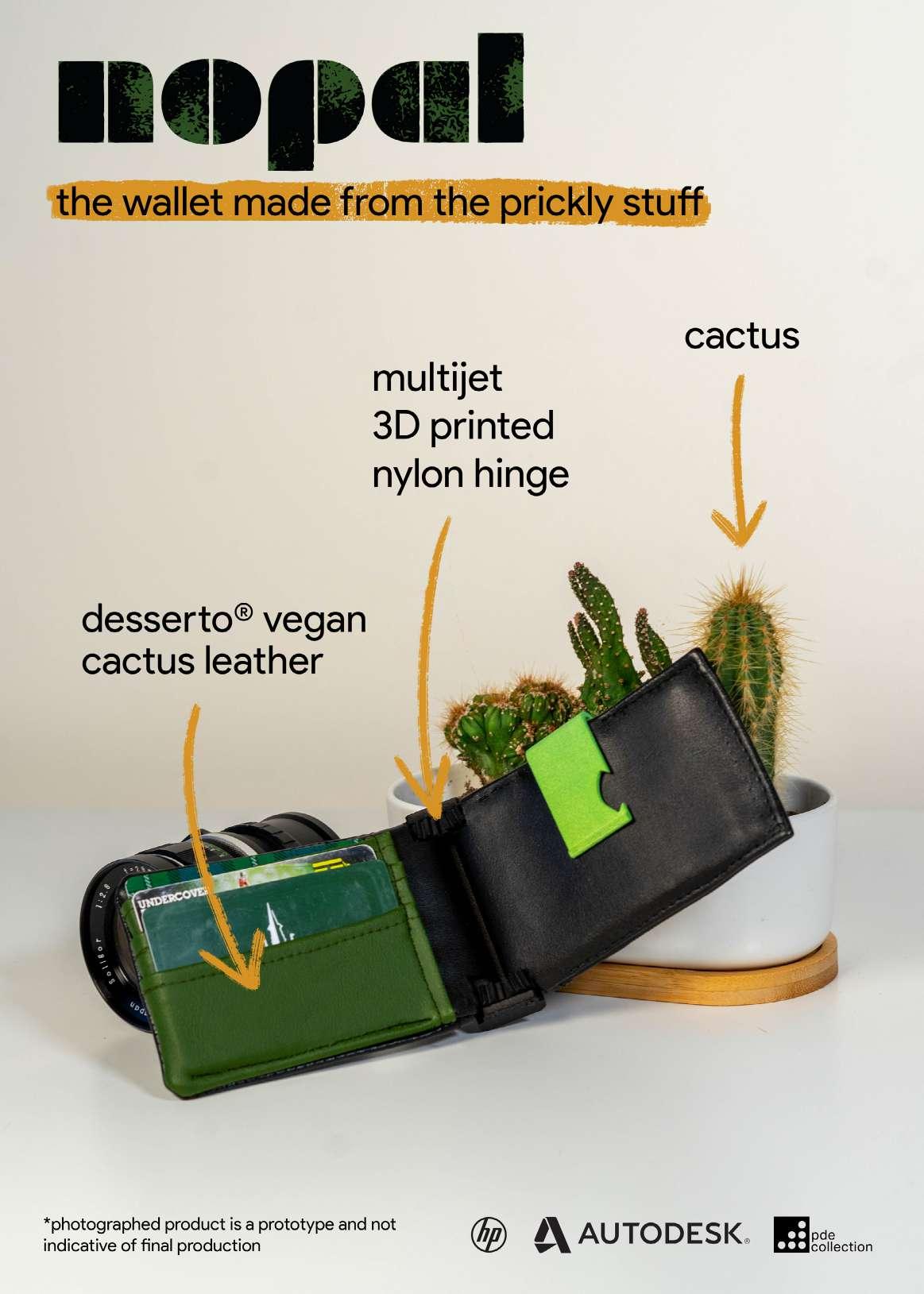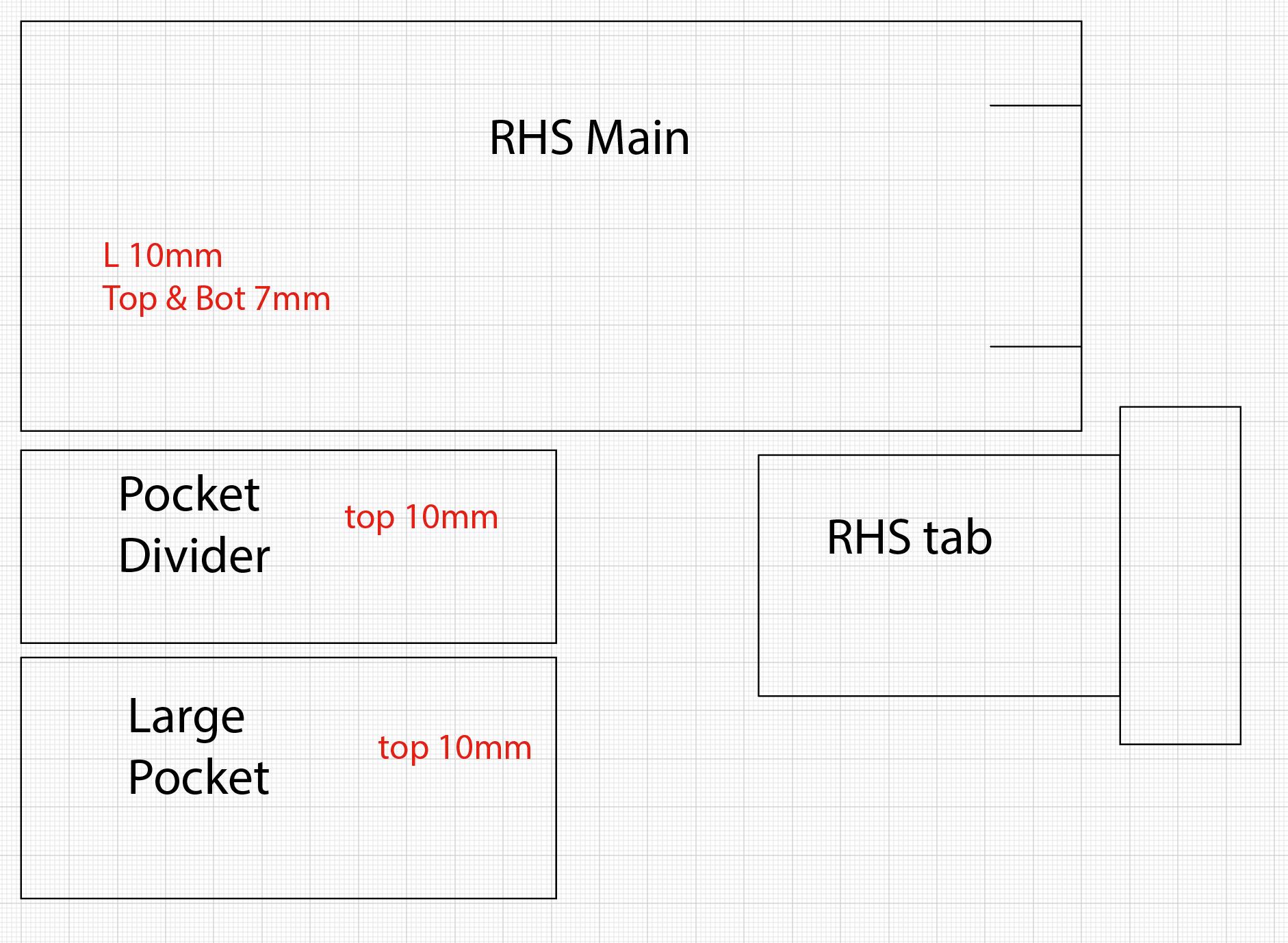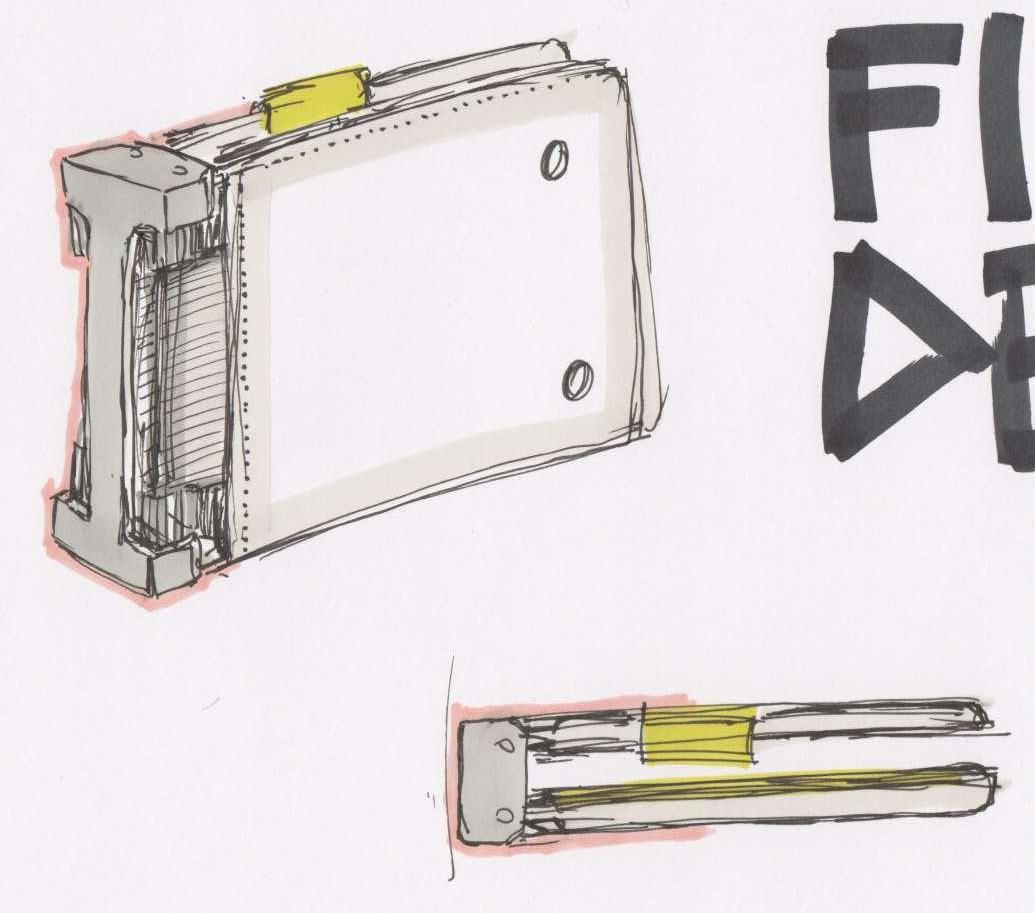
2 minute read
wallet research I
Market Survey
I conducted a survey into the current usage of wallets. By using an anonymous survey, I would be looking to find out what a typical user looks for in a wallet. The survey consisted of the following nine questions: • What is your approximate age?
Advertisement
This multiple choice question broke age down into categories in order to get an insight into the changing of wallet use with the user’s age. • What features do you value most in a wallet? This tick-box question allowed users to check multiple things that they found important in wallet design, as well as add their own opinions in the form of an other box • How happy are you with your current wallet - This linear scale question was designed to show me the potential market for my product, as if people are already happy with their current
wallet, there’s no space for a new one on the market. • What, if anything would improve your current wallet? -This short answer question encourages people to air their gripes with their current wallet, showing me potential pitfalls in current wallet design. • How many cards/notes or tickets/coins do you usually carry in your wallet? - This set of three short answer questions would help me look at the size and features that are desirable in a wallet. • Is there anything else standout that you carry in your wallet? -
This short answer question was designed to catch any items that I didn’t originally think people would carry with them.
Initial Analysis
I got a good reception to my survey, with 17 responses over 2 days. This produced some very useful data that I can use to influence my design decisions as well as outline a second, amended PDS. From my initial question, I found that a majority of my survey respondents were under 21. This isn’t ideal as my target market for this project is completely different. However, as can be seen from [Venkatasamy, Nithyaprakash. (2015)] this is the age bracket that has the most impact on the fashion choices of the rest of the population, so I have chosen not to disclude them from the results, and treat the data as one class.

